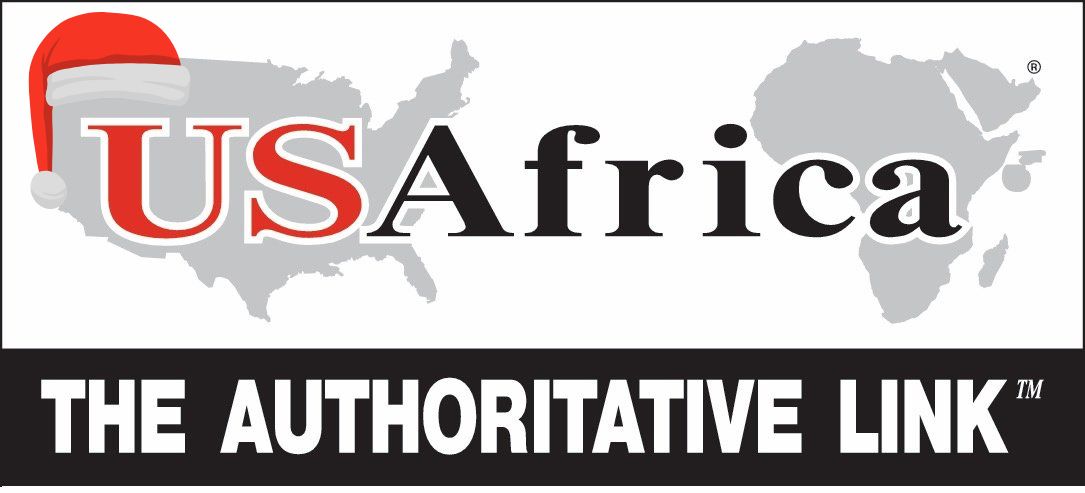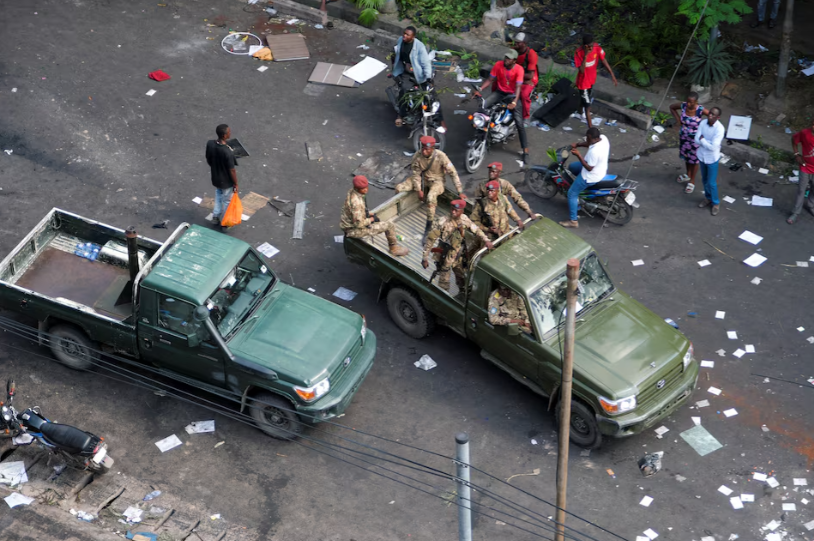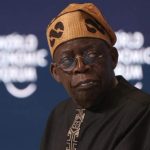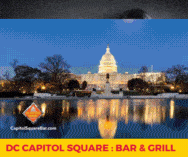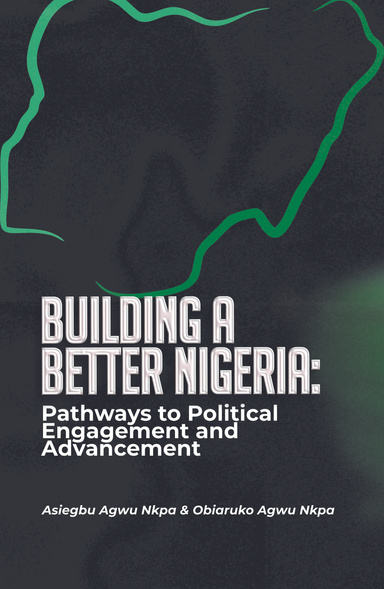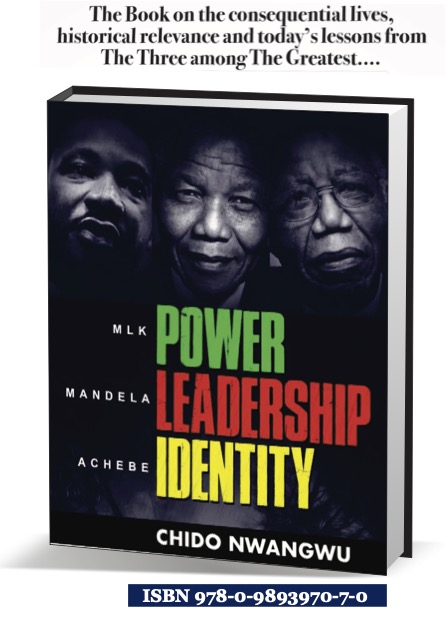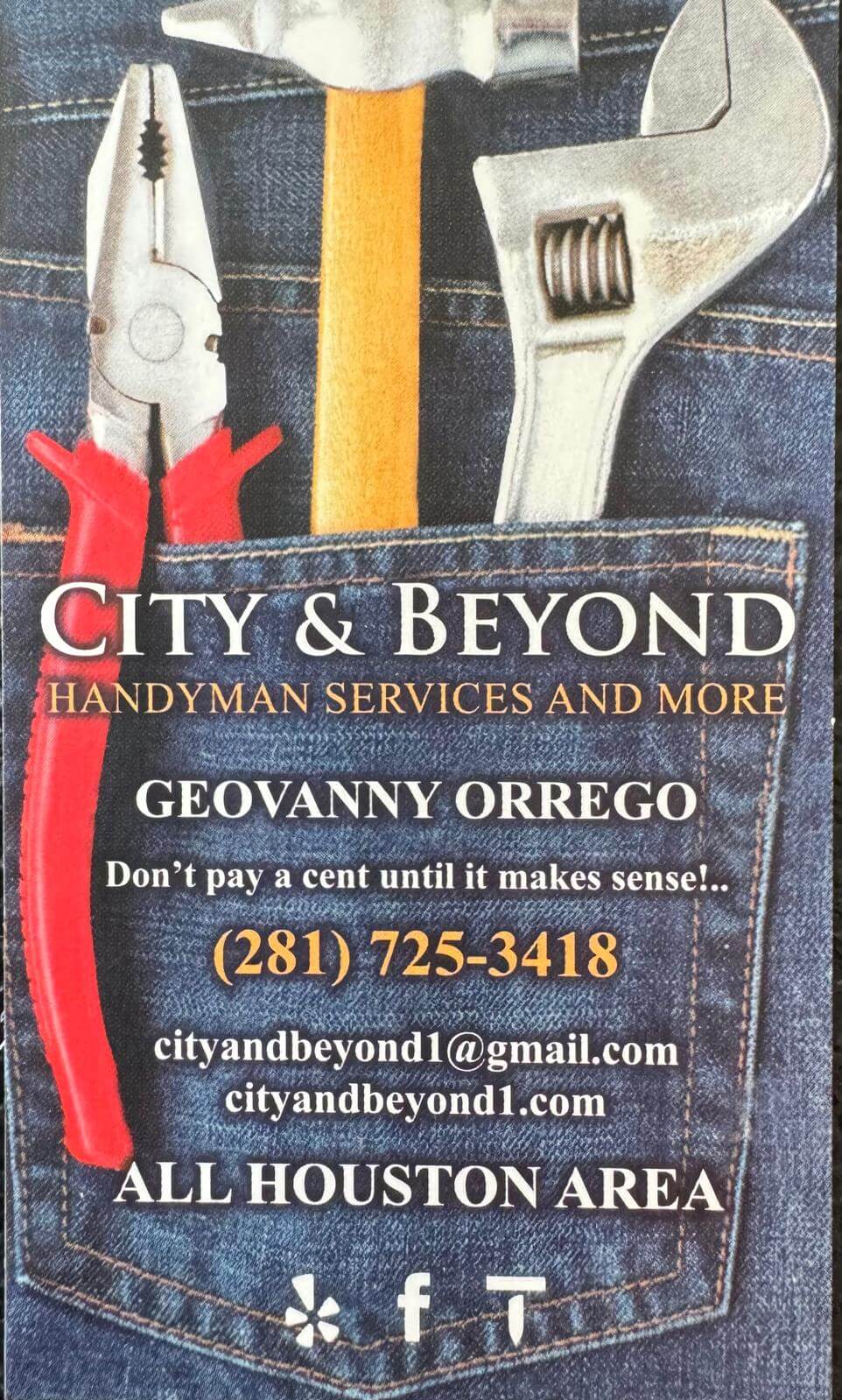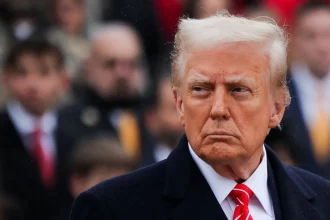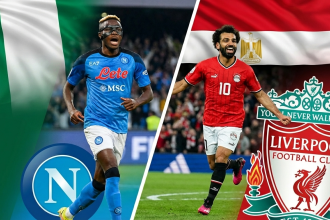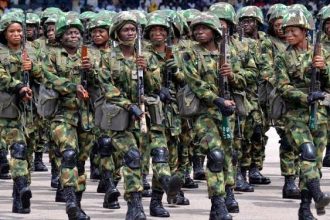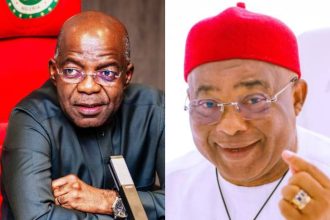The M23 rebels, backed by Rwanda, have consolidated their hold over Goma, the largest city in eastern Congo, following their recent incursion. The city remained largely calm on Wednesday, with sporadic gunfire reported in some outlying districts, according to residents.
Supported by Rwandan troops, the rebel forces marched into the lakeside city of nearly two million people on Monday, marking the worst escalation in the long-standing conflict in over a decade. The assault left bodies scattered in the streets and overwhelmed local hospitals.
On Tuesday, the rebels seized Goma’s international airport, a critical gateway for humanitarian aid to hundreds of thousands of displaced people.
“There are some sporadic shots that are heard here in the neighbourhood. They are certainly Wazalendo,” said a resident of the northern Majengo neighbourhood, referring to militias allied with the government in 2022 to resist M23 advances in rural areas.
Global Condemnation and Calls for Ceasefire
The attack on Goma has sparked widespread international condemnation of Rwanda, with increasing calls for a ceasefire. The United States urged the United Nations Security Council on Tuesday to consider measures to halt the offensive.
Rwandan President Paul Kagame, in a post on X, stated that he had discussed the need for a ceasefire with U.S. Secretary of State Marco Rubio but did not indicate any intention to withdraw from Goma.
“Had a productive conversation with Secretary Rubio on the need to ensure a ceasefire in Eastern DRC and address the root causes of the conflict once and for all,” Kagame wrote.
The U.S. State Department later released a statement, quoting Rubio as saying that Washington was “deeply troubled” by the escalating conflict and emphasizing the importance of respecting “sovereign territorial integrity.”
Historical Context and Rising Tensions
M23 is the latest in a series of ethnic Tutsi-led, Rwandan-backed insurgencies that have destabilized eastern Congo since the aftermath of the 1994 Rwandan genocide. Following the mass killings of Tutsis and moderate Hutus by Hutu extremists, the genocidal regime was toppled by Tutsi-led forces under Kagame’s leadership.
Rwanda claims that some of the perpetrators of the genocide have since found refuge in Congo, forming militias aligned with the Congolese government and posing a threat to both Congolese Tutsis and Rwanda itself. However, Congo dismisses these allegations, accusing Rwanda of using its proxy militias to exploit the region’s lucrative mineral resources, such as coltan, a key component in smartphone manufacturing.
Tensions escalated further on Monday when the Congolese and Rwandan armies exchanged fire along their shared border, resulting in at least nine reported deaths in Rwanda.
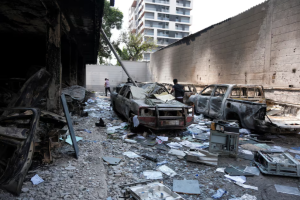
Sporadic Gunfire and Disarmament Efforts
On Tuesday, an unverified video seen by Reuters showed hundreds of unarmed Congolese government soldiers and militia fighters gathered at a stadium in Goma, some seated on the football pitch while others lined up in what M23 described as a disarmament process.
Bertrand Bisimwa, leader of M23’s political wing, declared on X that the last pockets of resistance in Goma had been neutralized.
“Our army is working hard to guarantee total security, complete tranquillity and definitive peace as is the case for all their compatriots living in liberated zones,” he stated.
Both the Congolese government and the head of the United Nations peacekeeping mission have accused Rwanda of deploying troops to Goma in support of M23. Rwanda, while asserting its right to defend itself from Congolese militias, has not directly confirmed the presence of its forces in the city.
M23 previously captured Goma in 2012 but withdrew after a few days under intense international pressure and threats of aid cuts to Rwanda. Analysts suggest that such diplomatic pressure is unlikely to be as effective this time, given Rwanda’s strengthened position as a regional power.
Protests and Humanitarian Crisis
In the Congolese capital, Kinshasa, located 1,600 kilometers (1,000 miles) west of Goma, protests erupted on Tuesday. Demonstrators attacked a U.N. compound and embassies, including those of Rwanda, France, and the United States, accusing foreign powers of interference in the conflict.
Meanwhile, Goma’s four main hospitals have reported treating at least 760 people wounded in the fighting. However, medical and humanitarian sources caution that the true death toll remains unknown, as many victims are dying outside medical facilities.
“We had to drain gasoline from ambulances to power the generator because there are people on respirators who couldn’t survive without electricity,” said the manager of a hospital in Goma.
“The injuries are often very severe. Some people die before they even get there,” he added.
As the crisis deepens, the humanitarian situation remains dire, with concerns mounting over access to medical care and essential supplies. The international community continues to call for urgent de-escalation, but a resolution remains elusive.
(Reuters)
